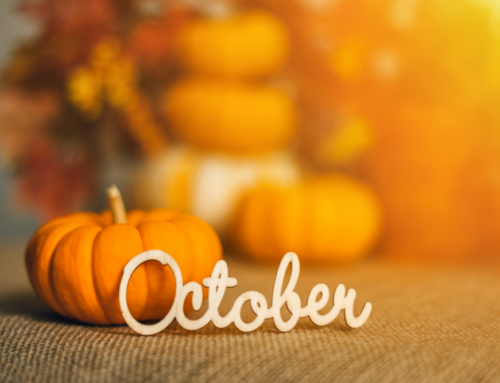 We’ve talked before about how people don’t really read all of your content. Laurel Dykema is back with some tips on how to get your point across even to busy readers. ~Kivi
We’ve talked before about how people don’t really read all of your content. Laurel Dykema is back with some tips on how to get your point across even to busy readers. ~Kivi
Guest Post by Laurel Dykema of Mission India
“AVALANCHE!”
Twitter-ers are tweeting.
Facebook-ers are posting.
Pinterest-ers are pinning.
Instagram-ers are picture-taking.
More micro content on the internet is piling up each day! So, what’s a great nonprofit to do in this age of bite-sized information?
Adapt. Or die.
Okay, okay. Maybe that’s a tad melodramatic. 🙂
But if you want to engage today’s faster-than-a-cheetah-runs readers with content longer than a 140-character tweet, here’s what you need to do: create “skimmable” content.
Why make it skimmable? Because it’s easy and painless for your fast-paced readers to digest.
After you’ve picked a great title to grab attention, here are some ways to keep your readers … well, reading!
6 Tricks to Make Your Content Skimmable:
1. Keep it (relatively) short.
I usually aim for about 250-300 words. But don’t be afraid to vary the length! If it’s a longer piece, I “chunk out” the information by using subheadings to break up the paragraphs into manageable chunks.
2. Leave plenty of white space between paragraphs.
Make sure there’s plentiful “breathing room” for the eyes between paragraphs. If your whole page is jammed up with text, it’s difficult for your reader to slog through all the information. White space is also a cleaner look.
3. Break the rules—start a sentence with “and,” “but,” or “or.”
Your high school English teacher never has to know. 🙂 While good spelling and clear sentences are essential, bending some grammar rules can actually make your writing more personable. And starting a sentence like this once in a while helps pull the reader’s eyes along!
4. Change up the lengths!
Create short paragraphs and vary the length throughout. I’d aim for 1-5 lines per paragraph—any longer and the paragraph looks like it’ll take a looooooooooooooong time to read, making the reader more likely to skip it.
Apply the same principle (changing up the lengths) to sentences! You can even make a sentence that’s just one word. Really!
5. Highlight key phrases.
Draw attention to a few key phrases in your piece by bolding them. Occasional italics are okay, too. A word of warning: don’t overdo this! If you try to draw attention to everything, you’ll end up drawing attention to nothing.
6. Mix it up with bulleted or numbered lists.
Wait—this one sounds familiar. 🙂 A few reasons lists are great:
- Lists catch a person’s eye as they’re skimming along.
- Lists easily break down information into manageable chunks.
- You don’t have to look far to see that lists (especially numbered ones) are very popular—in tabloids, news headlines, and many great blogs (just take a peek at Kivi’s blog archive!)
What about you? Do you have any more great tips to add to this list?
Laurel Dykema joined Mission India in 2010 and currently serves as the staff writer and social media guru. She enjoys a well-turned phrase, Downton Abbey episodes, and a good cup of masala tea.






